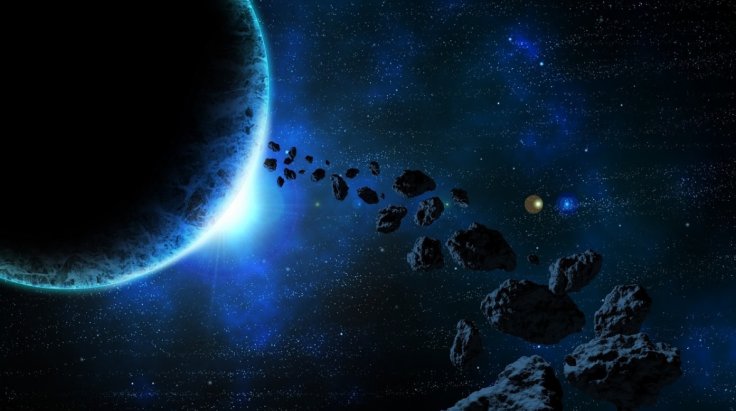Chinese researchers want to send more than 20 of China's largest rockets to practice turning away a sizable asteroid - a technique that may eventually be crucial if a killer rock is on a collision course with Earth.
The idea is more than science fiction. Sometime between late 2021 to early 2022, the United States will launch a robotic spacecraft to intercept two asteroids relatively close to Earth.
When it arrives a year later, the NASA spacecraft will crash-land on the smaller of the two rocky bodies to see how much the asteroid's trajectory changes. It will be humanity's first try at changing the course of a celestial body.
Deflecting Large Asteroid From Original Path
At China's National Space Science Center, researchers found in simulations that 23 Long March 5 rockets hitting simultaneously could deflect a large asteroid from its original path by a distance 1.4 times the Earth's radius.

Their calculations are based on an asteroid dubbed Bennu, orbiting the sun, which is as wide as the Empire State Building is tall. It belongs to a class of rocks with the potential to cause regional or continental damage. Asteroids spanning more than 1 km would have global consequences.
The science center cited a recently published study in Icarus, a journal on planetary science.
Long March 5 rockets are key to China's near-term space ambitions - from delivering space station modules to launching probes to the Moon and Mars. China has successfully launched six Long March 5 rockets since 2016, with the last one causing some safety concerns as its remnants reentered the atmosphere in May.
"The proposal of keeping the upper stage of the launch rocket to a guiding spacecraft, making one large 'kinetic impactor' to deflect an asteroid, is a rather nice concept," said Professor Alan Fitzsimmons from the Astrophysics Research Centre at Queen's University Belfast.
Actual Operation
"By increasing the mass hitting the asteroid, simple physics should ensure a much greater effect," Fitzsimmons told Reuters, although, he added, the actual operation of such a mission needs to be studied in greater detail.

Current estimates show there is roughly a 1% chance a 100-metre-wide asteroid would strike Earth in the next 100 years, said Professor Gareth Collins at Imperial College London.
"Something the size of Bennu colliding is about 10 times less likely," Collins said.
Altering an asteroid's path presents a lower risk than blasting the rock with nuclear explosives, which may create smaller fragments without changing their course, scientists say.









